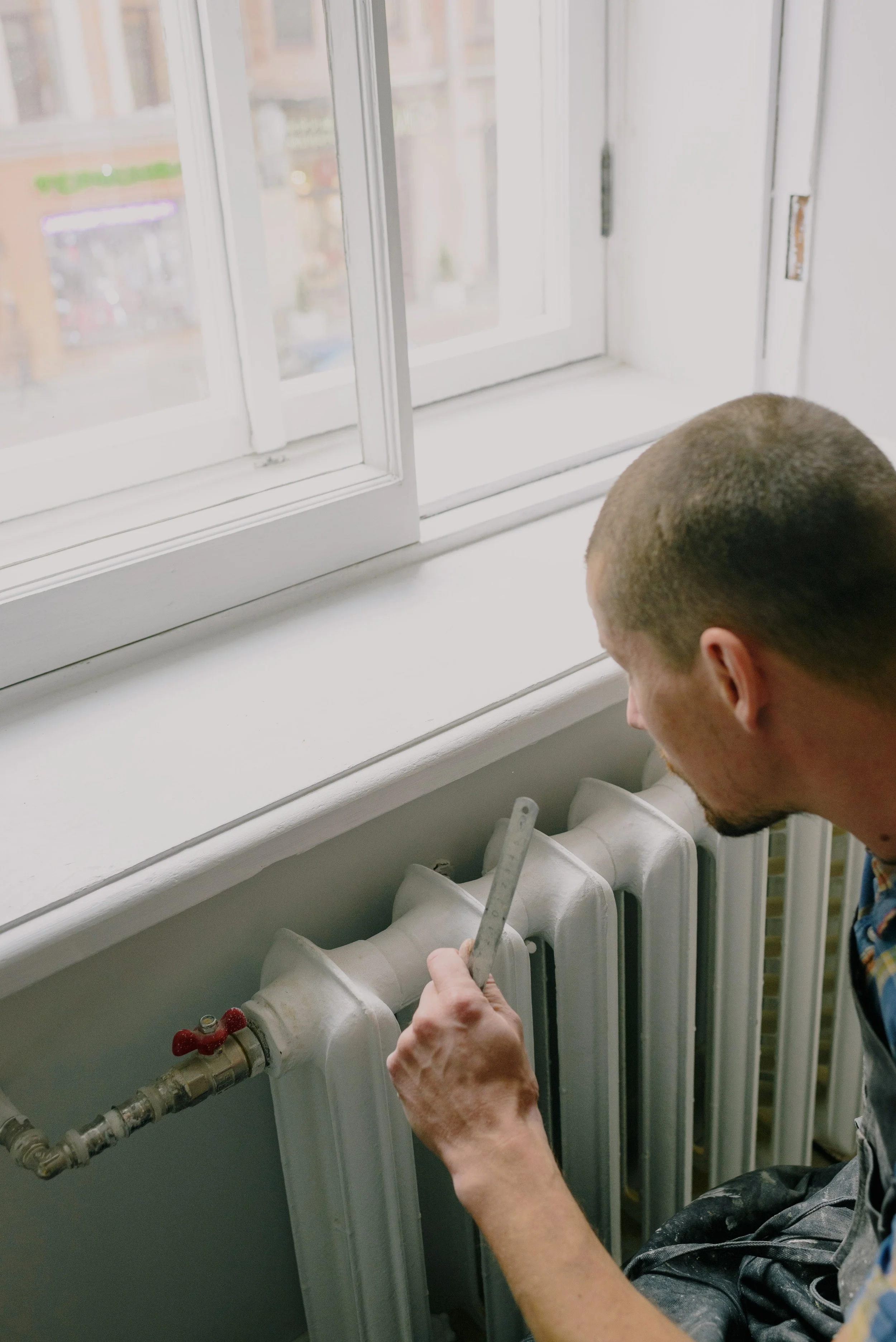Why redevelopment?
A building is never truly finished; it can always be re-adapted and transformed to take upon a new form or function. Recycling architecture has been a common practice throughout history, and in many cases, it has led to the preservation of a large part of our current cultural heritage.
For instance, we notice this in many of our medieval churches, which have undergone several phases of extensions as communities grew bigger and bigger through time. Today these structures display a set of collages, part Romanesque, part Gothic, part Baroque, where every layer carries a piece of memory of the era and people that contributed to it.
“Buildings undergo changes because society does not stand still.”
- Onvoltooid verleden, Vlaams Architectuurinstituut
Industrial heritage from the previous century is ongoing an excessive adaptive reuse. The open and flexible space or these factories and warehouses is successfully being transformed in offices, hotels or even apartments.
Fondazione Prada by OMA, Milan, Italy / photo: Gaetano Cessati on www.unsplash.com
Lately, a number of ecological and social issues urge us to rethink and transform our built environment once again. Our dense and congested cities need to be liberated without taking up additional free space. Hence, one of the ways of “doing more in less space” is through urban redevelopment, a process determined by the existing architecture.
Redevelop/Redevelopment - Building new construction on a site that has pre-existing uses or renovating existing uses on a site. Redevelopment generally is a strategy to rehabilitate blighted urban areas through renovation.
- Glossary of Land Use and Planning Terms, The Institute for Local Government
Kendall Office Building by STRAMIEN, Antwerp, Belgium / photo: STRAMIEN, Evelien Boonen on www.stramien.be
For Belgium, a country that has witnessed rapid growth during the modern era, its current building stock is largely composed of post-war concrete structures. Focused on functionality and fast, low-cost construction, these apartment blocks were designed with very little attention to their visual or ecological impact. Decades later, hastened by the deteriorating state of these buildings, a debate has arisen concerning their future treatment: demolition or renovation?
By focusing on maximizing profitability, many developers have deemed these buildings “dispensable”. Although some are truly beyond repair, many may still have future value, if successfully modernized. Therefore, a professional in-depth examination is crucial in order to determine the true potential of these outdated structures.
Unlike complete demolition and new construction projects, a transformation process requires a significantly smaller financial input and shorter time span. This way, owners can improve the quality and safety of their homes without needing to involve third-party investors. Additionally, the intervention would prove their worth in the long run, reducing maintenance costs and energy consumption in the following years. Renovations also generate significantly less waste and CO2 emissions than the rebuilding process, leading to a more ecological choice for urban development.
Although they are small elements in the urban fabric, apartment homes also carry their own microhistories, bearing significance to building a community culture. Just as complete demolition is a process of erasing and starting over, redevelopment is a process of organic urban growth, which has the power to connect the generations of the present with those of the future.

Why redevelopment?
A building is never truly finished; it can always be re-adapted and transformed to take upon a new form or function. Recycling architecture has been a common practice throughout history, and in many cases, it has led to the preservation of a large part of our current cultural heritage. Read more.

That's the way the concrete crumbles
Early 20th-century engineers thought reinforced concrete structures would last a very long time – even up to 1,000 years. In reality, their life span is significantly shorter, depending on the quality of the production and maintenance.

The story behind redevelop
“It takes 65 years for a new energy-efficient building to save the amount of energy that an adaptive reuse project does. redevelop is a strategic design firm that develops and implements sustainable strategies to develop post-war buildings for contemporary use.”

Heating and cooling efficiency
Heating and cooling in buildings and industry take the lead in the EU’s total energy consumption. Notably, 75% of heating and cooling is still generated from fossil fuels. As such, they play a crucial role in a country’s transition towards greater energy efficiency and decarbonization.





